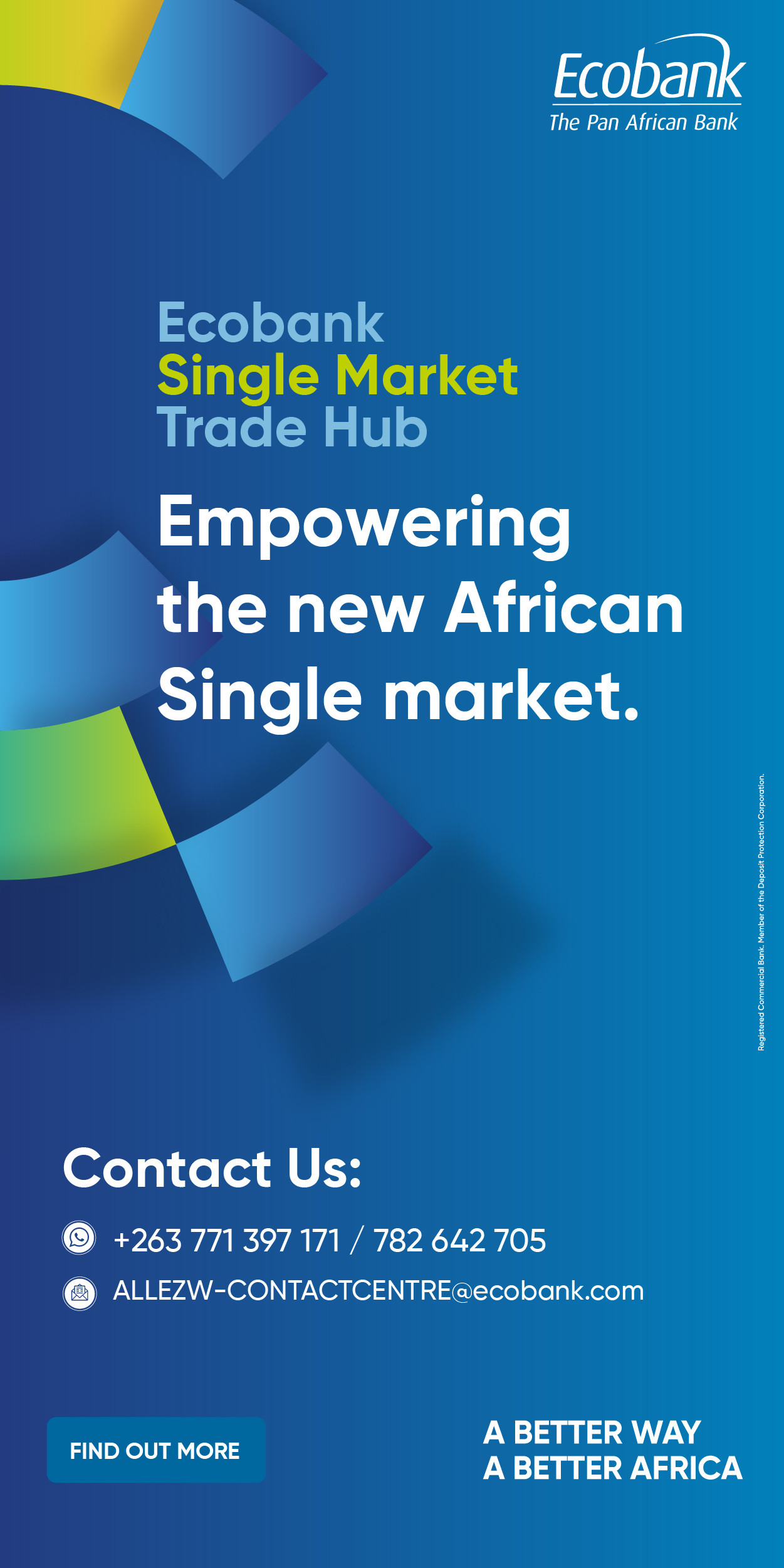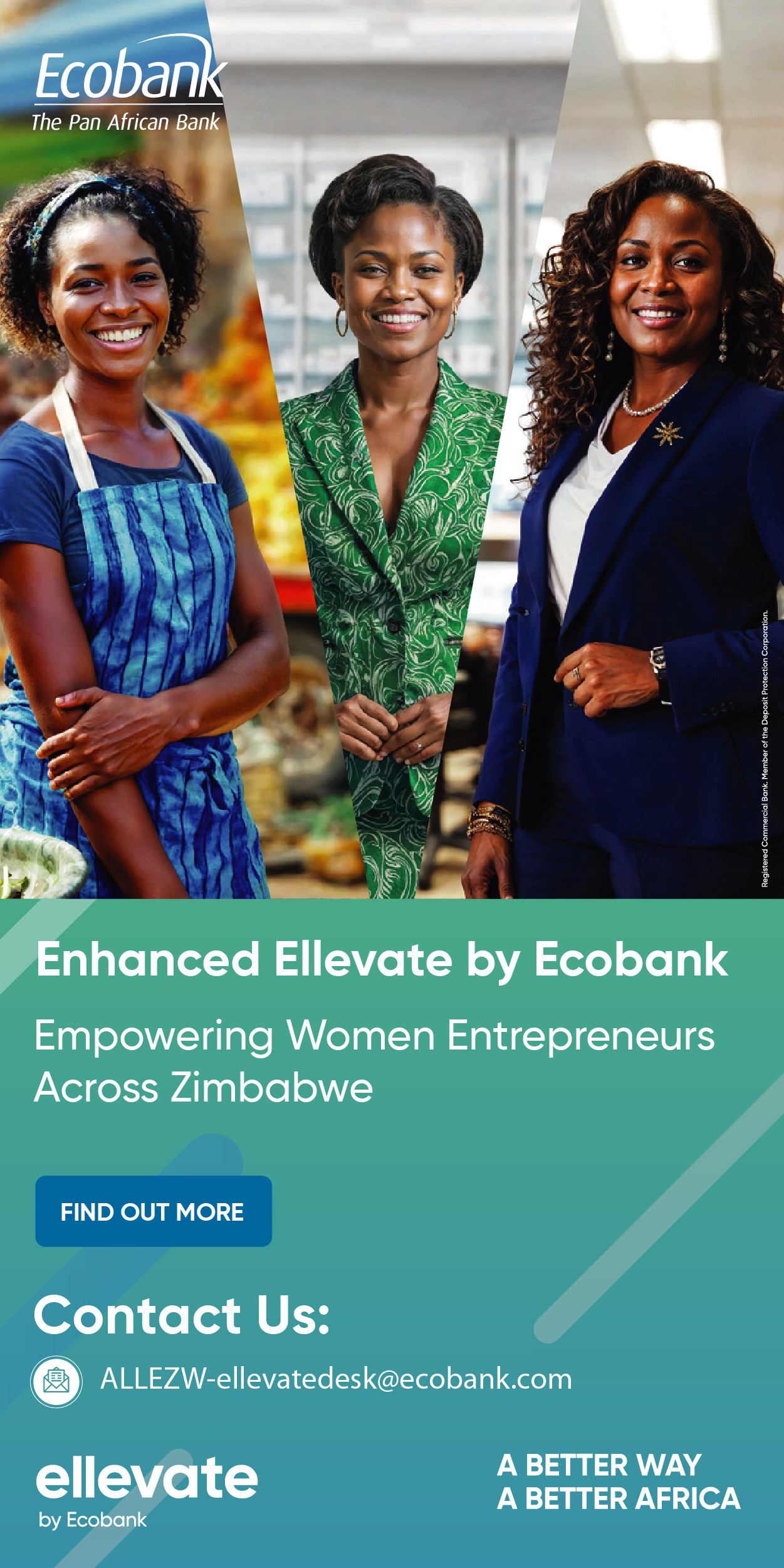- Explosive Profitability at ZSE: ZSE achieved 1334% increase in PBT and 442% surge in EBITDA for Q3 2025, driven by an 11% cut in operating costs
- VFEX Milestone Achievements: VFEX's market capitalization soared to a record US$1.85 billion with All Share Index hitting 150.83 points; trading turnover rose 11.92% to US$16.7 million
- Market Growth with Challenges: ZSE turnover jumped 32.21% to ZWG 1.97 billion, All Share Index gained 6.80% to 210.63 points, and market cap grew 7.73% to ZWG 65.68 billion;
- However, foreign participation fell to 17.04% amid currency risks, highlighting need for broader diversification
Harare- The Zimbabwe Stock Exchange (ZSE) and its counterpart, the Victoria Falls Stock Exchange (VFEX), demonstrated a blend of resilience and strategic progress in Q3 2025, as outlined in ZSE Holdings’ Q3 Newsletter. Despite macroeconomic challenges and a complex operating environment, both exchanges showcased notable financial and market performance improvements, driven by stringent cost management, increased trading activity, and strategic initiatives to bolster market infrastructure.
ZSE’s Financial Performance
The ZSE’s financial performance in Q3 2025 was a standout, with a 1334% increase in Profit Before Tax (PBT) and a 442% surge in EBITDA. These figures are particularly remarkable given a 3% decline in revenue reflecting effectiveness of ZSE’s cost management strategies. The exchange achieved an 11% reduction in operating costs, which was pivotal in driving profitability. This disciplined approach to cost control highlights ZSE’s ability to navigate a challenging economic environment, where inflationary pressures and currency volatility often strain operational budgets.
Additionally, the ZSE strengthened its balance sheet, with total assets growing by 4% and total liabilities decreasing by 6%.This improved financial position enhances the exchange’s stability and capacity to invest in future growth initiatives, such as technological upgrades and market expansion.
VFEX Performance
The VFEX, established to anchor the Victoria Falls International Financial Services Centre (VFIFSC), continued its upward trajectory in Q3 2025. The exchange recorded a 22% increase in PBT and a 30% rise in EBITDA driven by a more than doubling of trading fees and a slight 1% increase in total revenue. The reduction in operating expenses further amplified profitability, reflecting operational efficiency akin to the ZSE’s approach. The VFEX’s performance was bolstered by increased trading activity, with a total market turnover of US$16.7 million, marking an 11.92% increase from the previous quarter and a significant jump from US$7.79 million in Q3 2024.
A key milestone for the VFEX was the listing of Kavango Resources Plc on September 8, 2025, which contributed to the exchange’s growing appeal as a platform for international and resource-based companies. The VFEX All Share Index reached a record high of 150.83 points, reflecting a 44.91% year-to-date gain, and the market capitalisation hit a new peak at US$1.85 billion, up from US$1.29 billion in Q3 2024. These metrics signal growing investor confidence in the VFEX as a viable platform for capital raising and investment, particularly within the context of Zimbabwe’s ambition to position Victoria Falls as a regional financial hub.
Market Highlights: ZSE’s Strong Turnover and Capitalization Growth
The ZSE’s market performance in Q3 2025 was characterised by significant growth in key metrics. Total market turnover reached ZWG 1.97 billion, a 32.21% increase from Q2 2025, driven primarily by equities trading, which recorded a 39.06% increase to ZWG 1.95 billion. The top five traded companies were ECO.ZW (ZWG 1.065 billion), DLTA.ZW (ZWG 488 million), NMB.ZW (ZWG 146 million), CBZ.ZW (ZWG 90 million), and TNCI.ZW (ZWG 64 million) accounted for 95.23% of equities turnover and 94.14% of total market turnover. This concentration highlights the dominance of a few large-cap stocks in driving market activity, which could pose risks in terms of market breadth and diversification.
The ZSE All Share Index gained 6.80%, closing at 210.63 points, while the ZSE Top 10 Index (blue-chip index) rose by 6.45% to 206.67 points. The ZSE Consumer Discretionary Index led sectoral performance with an 11.79% gain, reflecting strong investor interest in consumer-driven companies. Total market capitalization grew by 7.73%to ZWG 65.68 billion, with major contributions from DLTA.ZW (28.57%), ECO.ZW (21.76%), FBC.ZW (8.07%), CBZ.ZW (6.49%), and MASH.ZW (3.73%). These figures show the ZSE’s role as a critical barometer of Zimbabwe’s economic activity, particularly in key sectors like financials, consumer goods, and industrials.
However, foreign investor participation declined significantly to 17.04% from 26.53% in Q2 2025, with a net sell position of ZWG 399 million. This reduction could reflect global investors’ caution amid Zimbabwe’s economic uncertainties, including currency instability and policy risks. The decline in foreign participation warrants attention, as it may signal challenges in attracting and retaining international capital, which is crucial for market liquidity and growth.
ETFs and REITs
The ZSE’s Exchange Traded Funds (ETFs) segment showed mixed results. The ZSE ETF Index declined by 10.63% to 453.44 points indicating underperformance in this asset class. However, trading activity surged, with ETF turnover increasing by 1681.25% to ZWG 2.85 million and 3.86 million ETF units traded. The ETF market capitalisation stood at ZWG 111.10 million reflecting modest growth. The sharp increase in turnover suggests growing investor interest in ETFs, potentially driven by their diversification benefits, despite the index’s decline.
The Real Estate Investment Trusts (REITs) segment, comprising Tigere REIT and Revitus Property Opportunities REIT, exhibited strong growth in market capitalization, which rose by 65.58% to ZWG 2.55 billion. However, trading activity weakened significantly, with REIT turnover dropping by 78.14% to ZWG 19.55 million and traded units declining by 81.75% to 14.26 million. This dichotomy suggests that while REITs are gaining traction as an asset class, liquidity remains a challenge, potentially due to limited investor participation or market-specific factors.
Technological Advancements: Demat Ratio and VFEX Infrastructure
The ZSE’s Demat Ratio increased by 9.09% to 96%, reflecting near-universal adoption of electronic securities holdings. This high dematerialisation rate enhances efficiency, security, and convenience for investors, aligning the ZSE with global best practices in securities management. The ZSE Depository now holds securities for 13 issuers, including seven listed equities, one unlisted equity, four ETFs, and two REITs, underscoring the exchange’s growing diversity of financial instruments.
On the VFEX, the designation of the exchange as a participant in the Victoria Falls International Financial Services Centre (VFIFSC) under S.I 29 of 2025 marks a significant step toward establishing Victoria Falls as a regional financial hub. The VFEX’s infrastructure, including VFEX Markets, VFEX Depository, and VFEX Direct, supports its ambition to attract international listings and facilitate cross-border investment. The listing of Kavango Resources Plc further enhances the VFEX’s appeal to resource-based companies, leveraging Zimbabwe’s mining sector potential.
Implications and Outlook
The ZSE and VFEX’s Q3 2025 performance reflects a combination of operational excellence, strategic cost management, and growing market activity. The ZSE’s ability to achieve exponential profitability growth despite a revenue decline highlights its resilience and adaptability. Similarly, the VFEX’s record-high index performance and market capitalization growth signal its potential as a cornerstone of Zimbabwe’s international financial ambitions.
However, challenges remain. The decline in foreign investor participation on both exchanges raises concerns about Zimbabwe’s attractiveness to global capital, particularly in light of currency risks and economic instability. The concentration of turnover in a few large-cap stocks on the ZSE suggests a need for broader market participation to enhance liquidity and reduce systemic risks. Additionally, the underperformance of the ETF Index and reduced REIT trading activity indicate areas for improvement in investor education and market development.
Looking ahead, the ZSE and VFEX must continue to prioritize technological advancements, such as further enhancements to the Demat system and VFEX’s digital infrastructure, to attract and retain investors. Policy stability and incentives to boost foreign participation will be critical to sustaining growth. The VFEX’s role in the VFIFSC positions it to capitalize on Zimbabwe’s special economic zone strategy, but its success will depend on attracting more international listings and improving liquidity in debt securities, which saw no trades in Q3 2025.
Therefore, ZSE Holdings’ Q3 2025 Newsletter paints a picture of a dynamic and resilient financial ecosystem, with both the ZSE and VFEX achieving significant milestones in profitability, market performance, and infrastructure development. The ZSE’s cost management and financial discipline, coupled with the VFEX’s growing appeal as an international financial platform, position Zimbabwe’s capital markets for continued growth. However, addressing challenges such as foreign investor participation and market concentration will be essential to unlocking their full potential.
Equity Axis News





